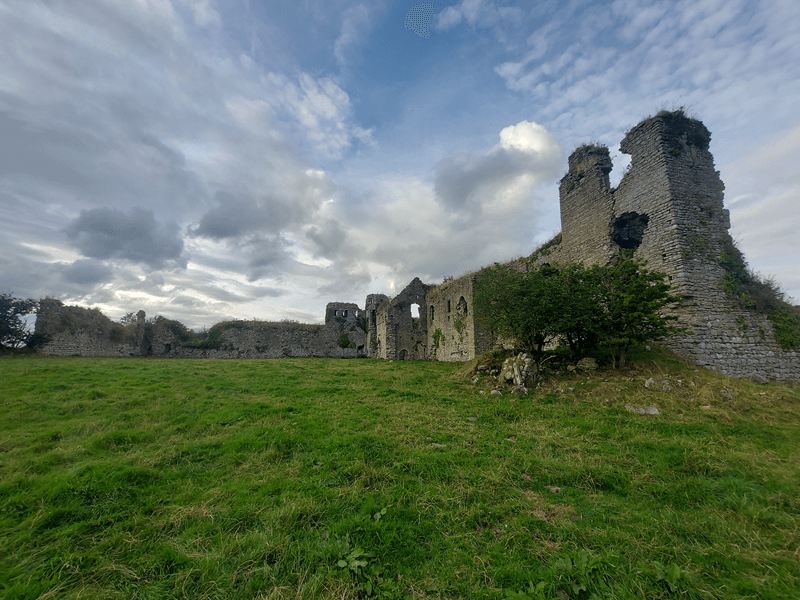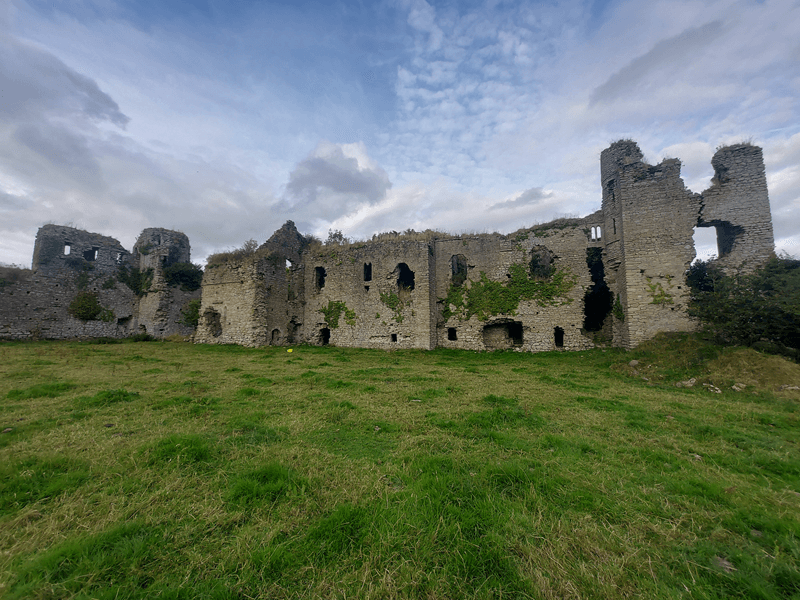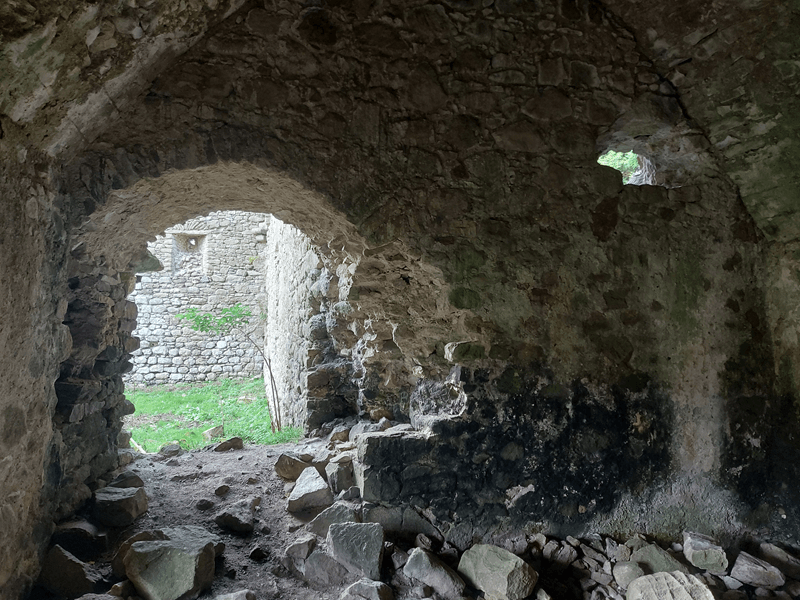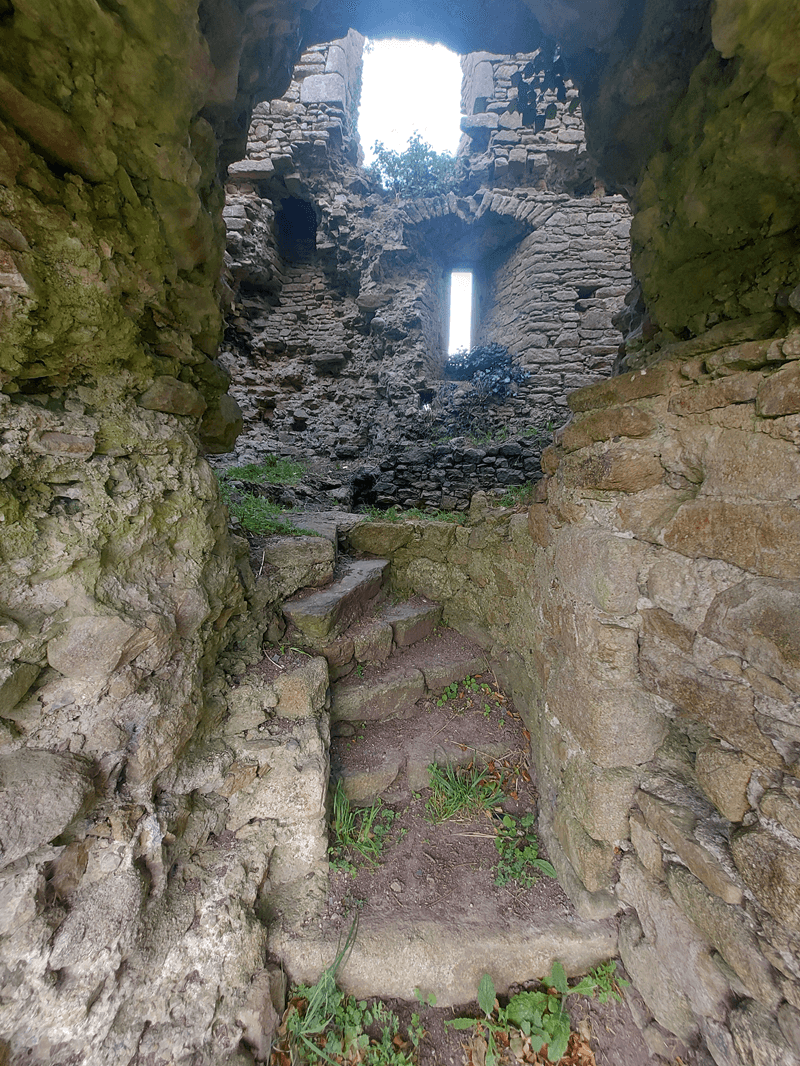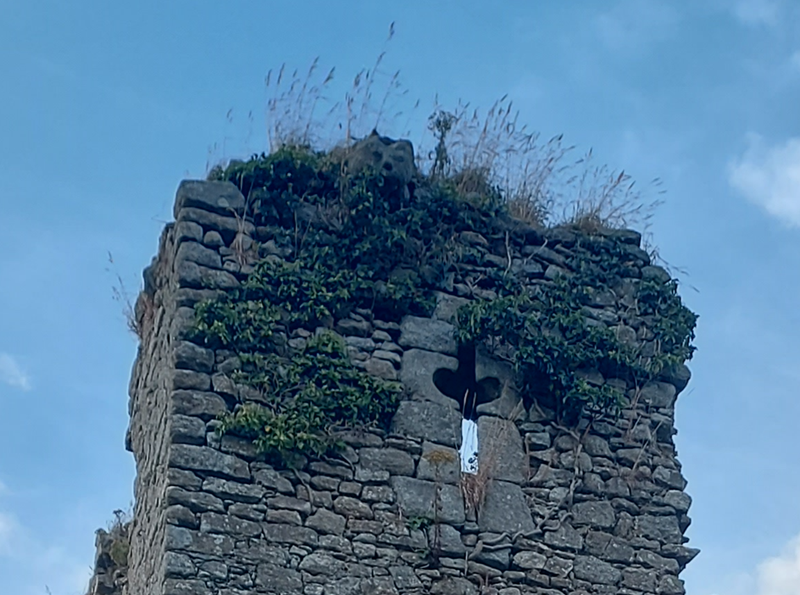History

Located not far from Hacketstown, Clonmore castle was probably built towards the end of the 12th century, perhaps by Hugh DeLacey, and it was expanded in 1332 by Anthony DeLucy [1, 2]. Till then, there is no record about the castle and hence it is not possible to exactly state who was responsible for its construction and when that happened [3].
Due to its position between the area controlled by the Normans and that controlled by the Irish, the castles changed hands several times as reported in [4].
 In the 15th century Clonmore was granted to the Earl of Ormonde [5]. The castle underwent several remarkable attacks over time, marking its history: in 1516 by the Earl of Kildare, in 1598 by the Earl of Ormond who reconquered it, and in 1650 it was also attacked by Cromwell’s army led by Colonel Hewson, who reduced the castle to the ruins that we can admire today [1, 2, 6].
In the 15th century Clonmore was granted to the Earl of Ormonde [5]. The castle underwent several remarkable attacks over time, marking its history: in 1516 by the Earl of Kildare, in 1598 by the Earl of Ormond who reconquered it, and in 1650 it was also attacked by Cromwell’s army led by Colonel Hewson, who reduced the castle to the ruins that we can admire today [1, 2, 6].
The courtyard has a square layout with about 170 feet (50 meters) per side, with towers at each angle [1, 6]. A rectangular four storey tower on the southeast corner, in an advanced state of disrepair, shows a clover-shaped window which is probably a sign that this part of the castle was built at the end of the 13th century [1, 5]. Above the window, there is a small carving, representing a Púca, one of the Irish trickiest goblin [2]. The rest of the buildings are two storeys high [2]. Originally, the castle was also surrounded by a moat [2].
References
- [1] MyCarlow, Clonmore Castle
- [2] Ireland In Ruins, Clonmore Castle Co Carlow
- [3] Megalithic Ireland, Clonmore
- [4] Medieval News, Some notes on Clonmore manor in County Carlow
- [5] thejournal.ie, Hidden Ireland: Mystery island, ruined fortress and Braveheart daydreams
- [6] The Irish Aesthete, A Spacious Piece of Antiquity
